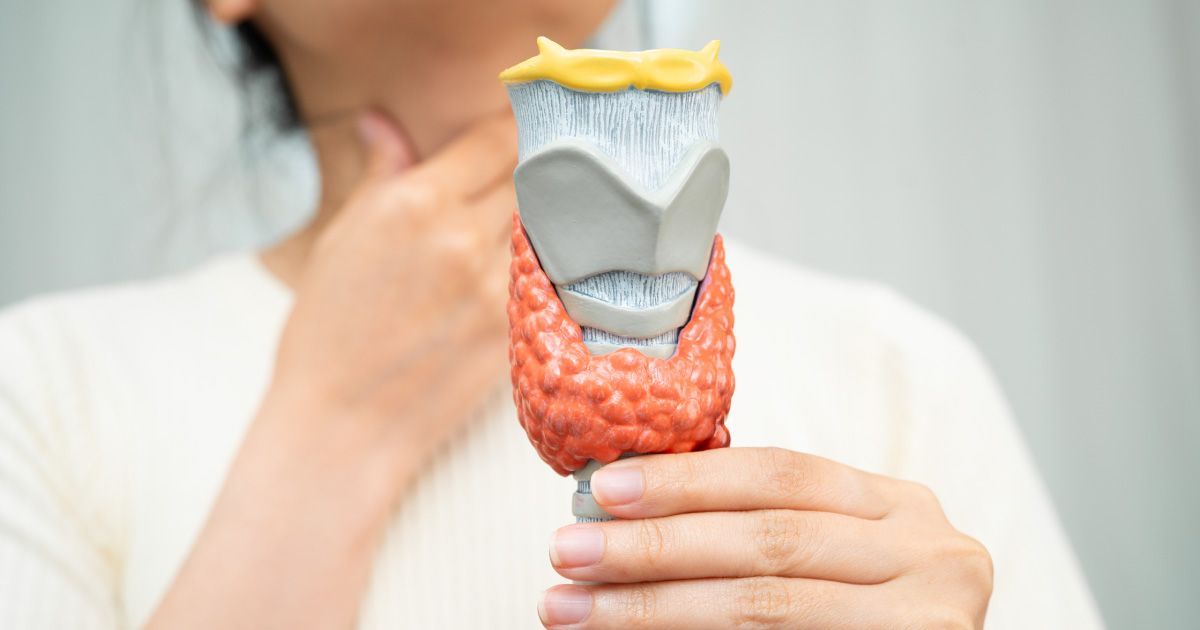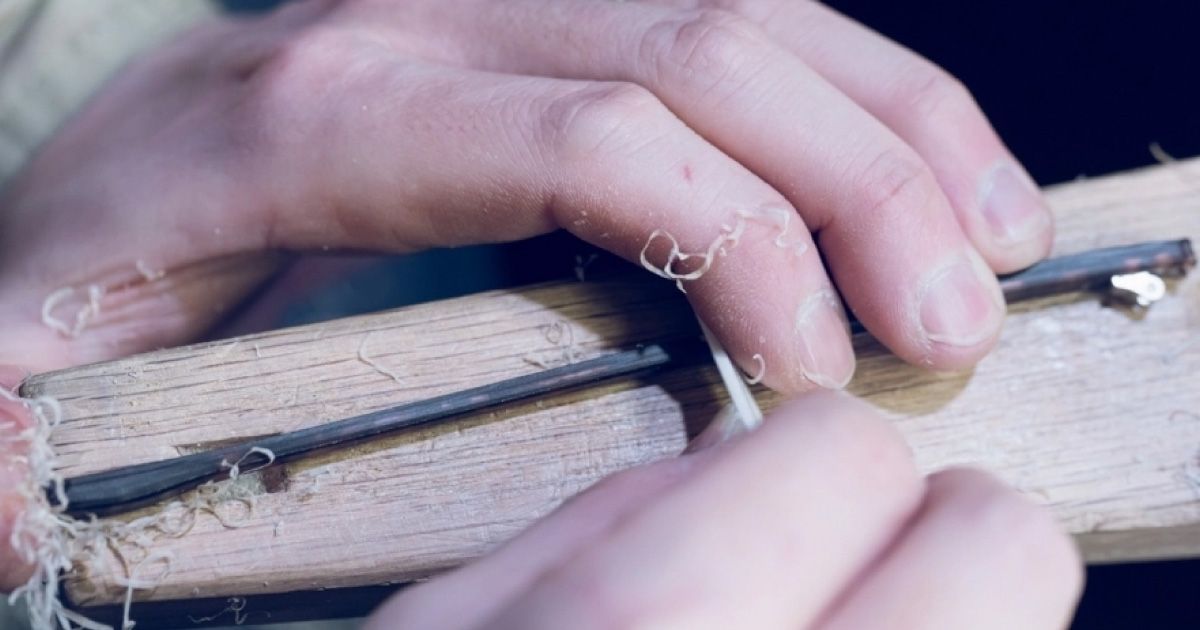Preventing Cataracts: Lifestyle Choices To Protect Your Eyes

Read time: 5 minutes
Cataracts are a common eye condition where the lens of the eye becomes cloudy, affecting vision quality. This condition often develops slowly and can impact daily activities like reading and driving. Although cataracts are usually related to aging, certain lifestyle choices can help reduce the risk.
Eating the right foods, protecting your eyes from the sun, and quitting harmful habits like smoking can all contribute to better eye health. Regular eye exams also play a crucial role in detecting and managing cataracts early. By making these simple changes to your lifestyle, you can help keep your eyes healthy and maintain good vision.
Understanding how cataracts form and knowing the steps to prevent them are essential. Small changes in your daily routine can have a significant impact on your eye health over time. Let's explore the ways you can take proactive steps to reduce the risk of cataracts and ensure your vision remains clear.
Eating for Eye Health: Nutrients That Prevent Cataracts
Good nutrition plays a vital role in preventing cataracts. Certain nutrients can help keep your eyes healthy and reduce the risk of developing cataracts. Including these nutrients in your diet is a simple way to protect your vision.
- Vitamin C: Foods rich in vitamin C, such as oranges, strawberries, and bell peppers, can help protect the lens of your eye from damage. Vitamin C acts as an antioxidant, reducing the oxidative stress that contributes to cataract formation.
- Vitamin E: This nutrient is another powerful antioxidant. You can find vitamin E in nuts, seeds, and green leafy vegetables. Adding these foods to your diet can help reduce the risk of cataracts by fighting off harmful free radicals.
- Lutein and Zeaxanthin: These important nutrients are found in green leafy vegetables like spinach and kale. They help filter harmful blue light and protect the retina and lens from damage.
- Omega-3 Fatty Acids: Found in fish like salmon and flaxseeds, omega-3 fatty acids can help support overall eye health. They reduce inflammation and may help prevent cataracts.
By eating a diet rich in these nutrients, you do more than just prevent cataracts; you also support your overall eye health. Including a variety of fruits, vegetables, and healthy fats in your daily meals can make a big difference.
Protecting Your Eyes from UV Rays: Sunglasses and Hats
Exposure to the sun's ultraviolet (UV) rays can increase your risk of developing cataracts. Wearing sunglasses and hats is a simple yet effective way to protect your eyes from harmful UV radiation.
1. Sunglasses: When choosing sunglasses, look for ones that block 100% of UV rays. These sunglasses protect your eyes from both UVA and UVB rays, which can damage the lens and increase the risk of cataracts. Wraparound styles provide even better protection by blocking light from the sides.
2. Hats: A wide-brimmed hat can provide additional protection from the sun. The brim helps shade your eyes and reduces the amount of UV exposure. Wearing a hat along with sunglasses offers double protection, keeping your eyes safe from harmful rays.
Here are some tips for selecting the right sunglasses and hats:
- Check the Label: Ensure your sunglasses offer 100% UV protection.
- Choose Darker Lenses: Darker lenses can block more light, but ensure they still provide UV protection.
- Opt for Wraparound Styles: These prevent UV rays from entering the sides of your eyes.
- Pick Wide Brims: Hats with at least a 3-inch brim can provide effective shading.
Protecting your eyes from UV rays is crucial for preventing cataracts and other eye conditions. Make it a habit to wear UV-protective sunglasses and hats whenever you are outside, even on cloudy days, as UV rays can penetrate through clouds.
Healthy Habits: Quitting Smoking and Avoiding Alcohol
Smoking and excessive alcohol consumption can significantly increase your risk of developing cataracts. Both habits introduce harmful substances into your body that can damage your eyes over time. Quitting these habits can promote better eye health and reduce your cataract risk.
1. Quitting Smoking: Smoking introduces toxins that can accelerate the formation of cataracts. These toxins cause oxidative stress and damage the proteins in the eye's lens, leading to cloudiness. Quitting smoking can lower your chances of developing cataracts and improve your overall health. Support groups, nicotine replacement therapies, and counseling can help you quit smoking successfully.
2. Avoiding Excessive Alcohol: Drinking too much alcohol has been linked to a higher risk of cataracts. Alcohol can increase oxidative stress in the eyes, similar to smoking. Limiting alcohol intake can help reduce this risk. Health organizations suggest moderate drinking, which means up to one drink per day for women and up to two drinks per day for men.
Adopting these healthier habits not only protects your eyes but also benefits your overall well-being. Quitting smoking and limiting alcohol can lead to clearer vision and a lower risk of developing cataracts.
Regular Eye Exams: Early Detection and Prevention
Regular comprehensive eye exams are essential for early detection and prevention of cataracts. These exams allow your eye doctor to catch any signs of cataracts early, making treatment more effective and preserving your vision.
- What Happens During an Eye Exam: During a comprehensive eye exam, the doctor will check your vision and look for signs of cataracts or other eye problems. They may use a special microscope called a slit lamp to examine the front part of your eye in detail. They might also dilate your pupils with eye drops to get a better view of your retina and lens.
- Importance of Regular Visits: Even if you don't notice any vision problems, regular eye exams are important. Cataracts can develop slowly and without symptoms, until they are advanced. By catching them early, you can take steps to manage the condition and maintain your quality of life.
- Frequency of Exams: How often you need an eye exam depends on your age and risk factors. Generally, adults should have an eye exam every two years, but those over 60 or with risk factors like diabetes should go annually.
Regular eye exams are your best defense against cataracts and other eye conditions. They are a simple way to ensure your eyes remain healthy and your vision stays clear.
The Takeaway
Preventing cataracts involves making smart lifestyle choices, such as eating nutrient-rich foods, protecting your eyes from UV rays, quitting smoking, and limiting alcohol. Regular eye exams also play a crucial role in catching any early signs of cataracts, ensuring that you can take action before the condition worsens.
By incorporating these habits into your daily life, you can keep your eyes healthy and reduce your risk of cataracts. Remember that small changes can have a big impact on your eye health.
Take a proactive step towards maintaining your vision by scheduling a comprehensive eye exam with Urban Optiks Optometry. Our dedicated team is here to help you achieve optimal eye health. Book your appointment today and ensure your eyes are in the best possible condition.
Share this blog post on social or with a friend:
The information provided in this article is intended for general knowledge and educational purposes only and should not be construed as medical advice. It is strongly recommended to consult with an eye care professional for personalized recommendations and guidance regarding your individual needs and eye health concerns.
All of Urban Optiks Optometry's blog posts and articles contain information carefully curated from openly sourced materials available in the public domain. We strive to ensure the accuracy and relevance of the information provided. For a comprehensive understanding of our practices and to read our full disclosure statement, please click here.


















